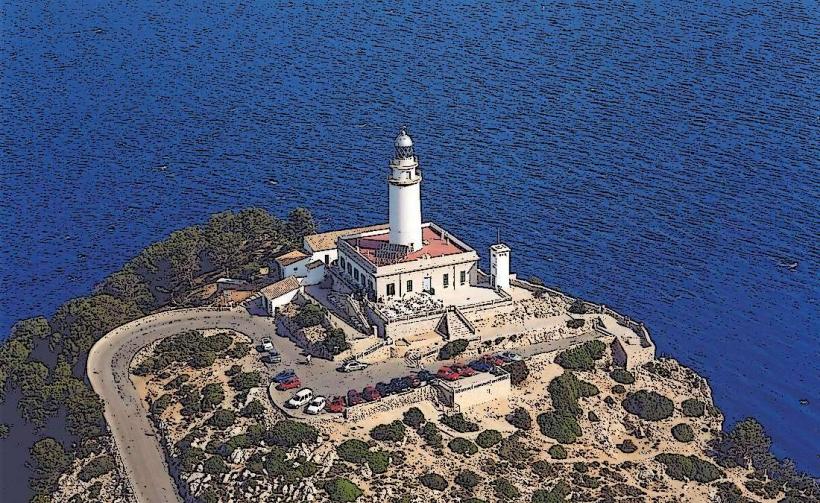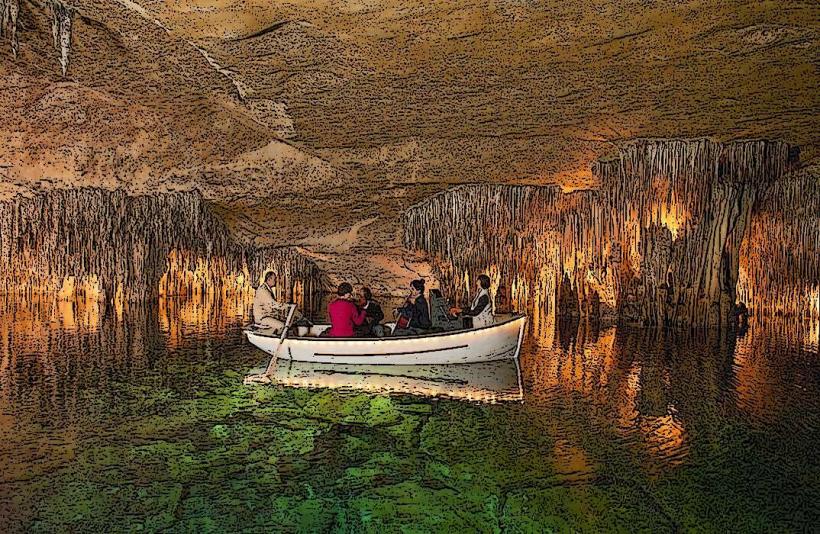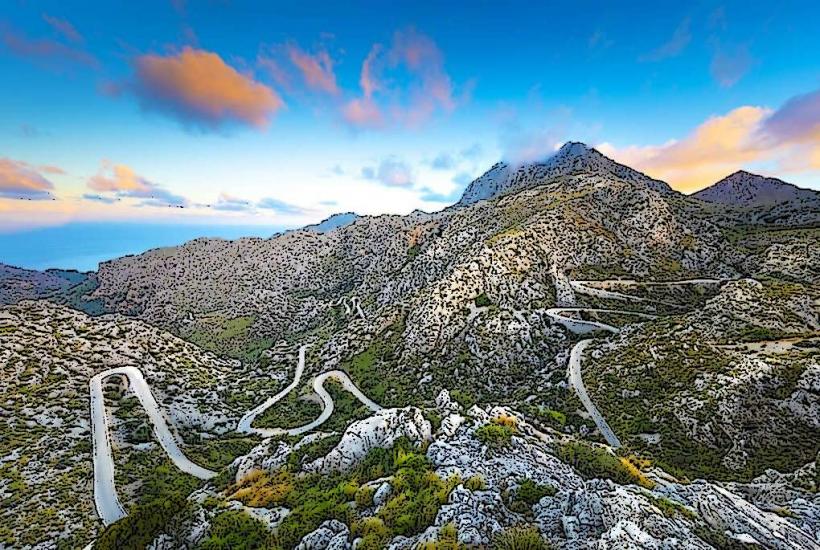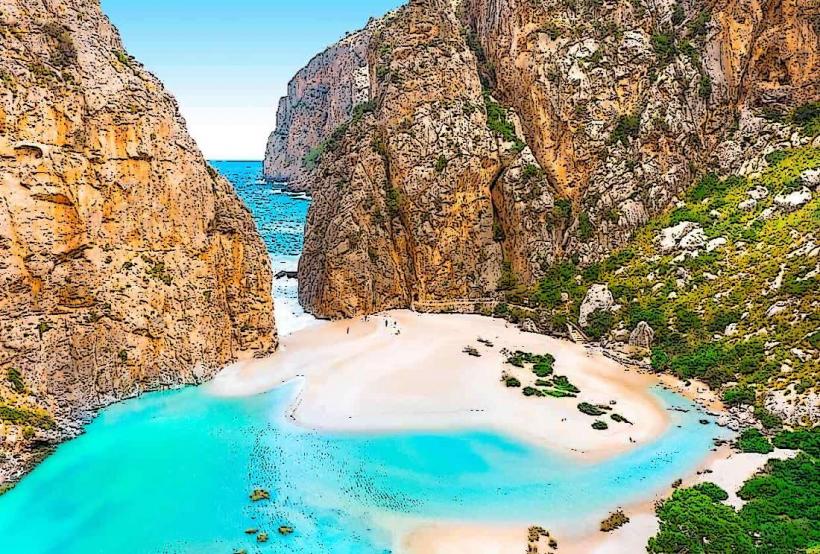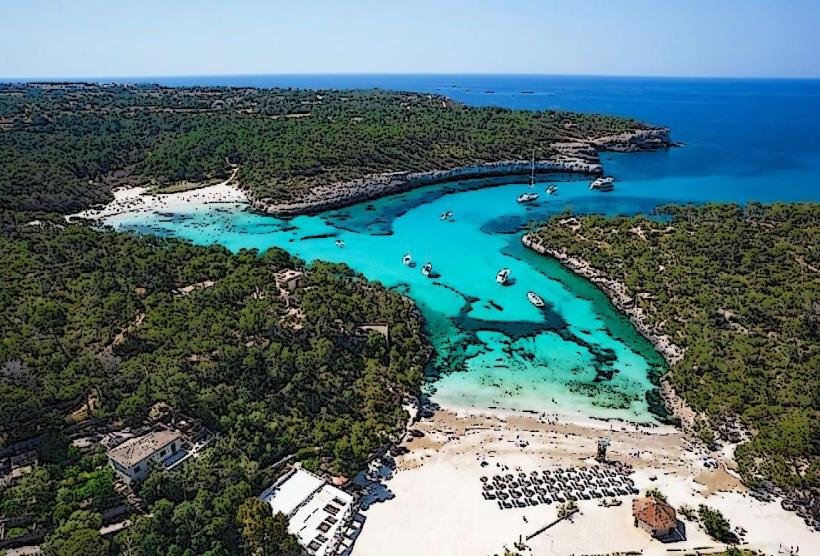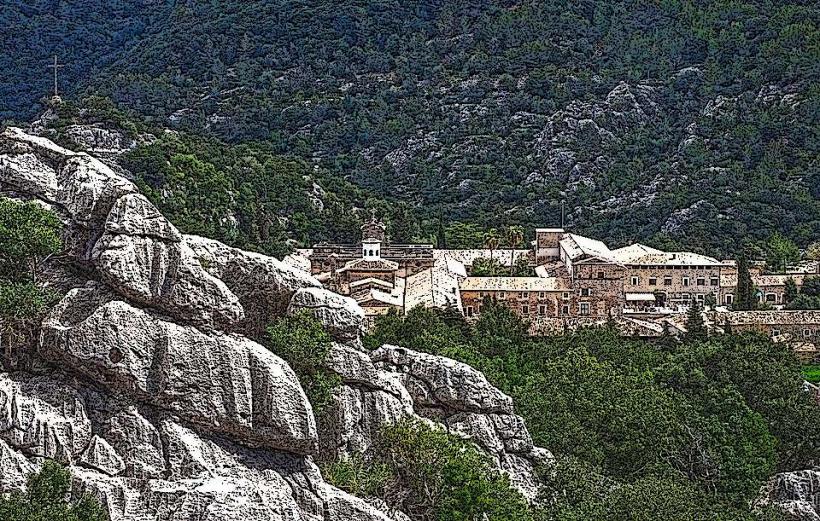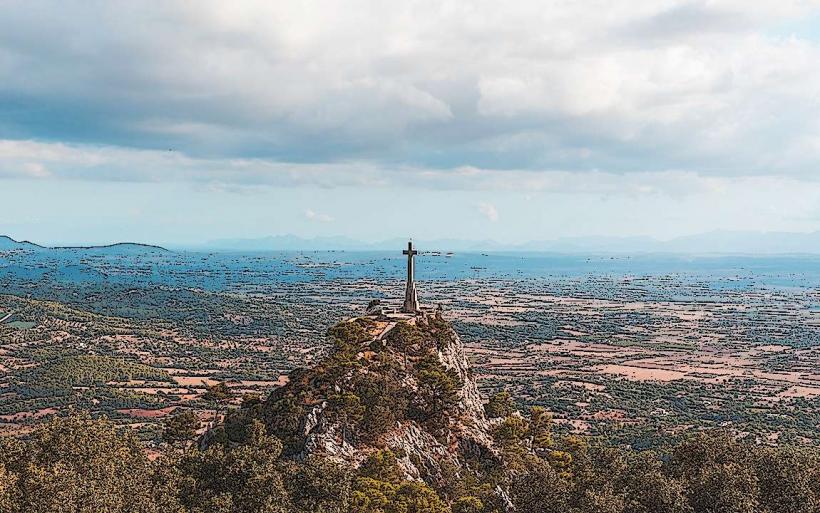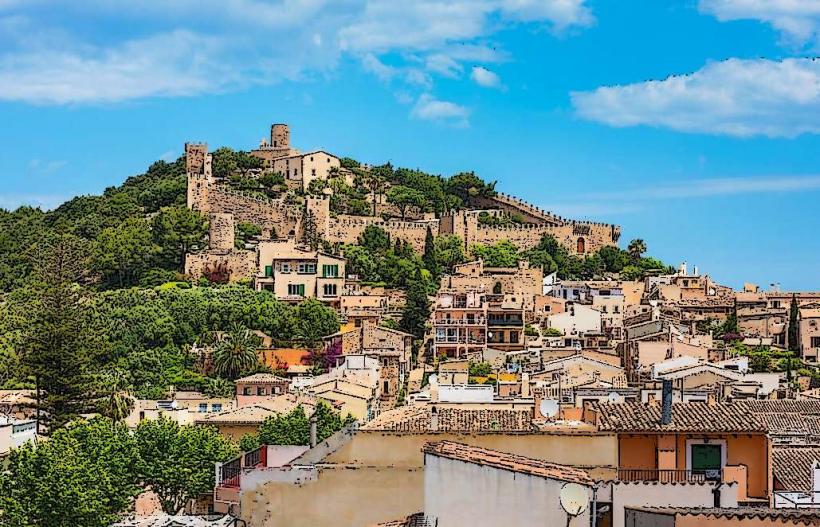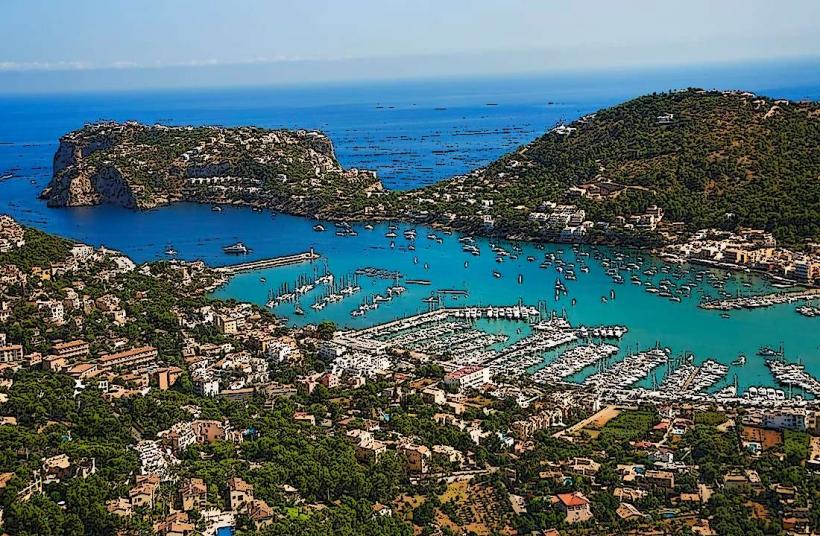Information
Landmark: Es Trenc BeachCity: Mallorca Island
Country: Balearic Islands
Continent: Europe
Es Trenc Beach is one of Mallorca's most iconic and beautiful beaches, renowned for its pristine natural environment and crystal-clear waters. Located on the southern coast of the island, near the town of Campos, Es Trenc offers a stunning escape with a relaxed and unspoiled atmosphere, making it a favorite among both locals and tourists.
1. Location and Access
Geographic Location:
Es Trenc is situated on the southern coast of Mallorca, between the towns of Campos and Colònia de Sant Jordi, approximately 40 km from Palma, the capital of the island.
Access:
The beach is easily accessible by car, with ample parking available near the beach, though it can get crowded during peak summer months. There is also a bus service from Palma to the area. Es Trenc is known for its laid-back and natural vibe, which makes it less commercialized than other beaches, enhancing its charm.
2. Natural Beauty
White Sand and Clear Waters:
Es Trenc is often compared to tropical beaches due to its powdery white sand and turquoise waters. The beach stretches for several kilometers, offering plenty of space for visitors to relax. The shallow waters make it an excellent spot for swimming, and its crystal-clear condition adds to the beach’s allure.
Protected Natural Area:
The beach is located within a natural park and part of the Es Trenc-Salobrar de Campos Nature Reserve, which helps preserve its pristine condition. The surrounding area consists of wetlands, salt flats, and dunes, providing a diverse landscape that attracts nature lovers and birdwatchers.
Dunes and Salt Flats:
The nearby salt flats (Salinas) are a historical feature of the area, and you can still see the traditional salt harvesting techniques. The sand dunes that line the beach are also part of the protected ecosystem, offering a unique blend of sandy and wetland environments.
3. Activities and Attractions
Swimming and Sunbathing:
The shallow, clear waters make Es Trenc an ideal location for families and swimmers. The beach is often not as crowded as other parts of the island, so visitors can enjoy a more peaceful and relaxing day by the sea.
Water Sports:
Es Trenc offers the perfect conditions for windsurfing, kite surfing, and kayaking due to the steady winds and calm waters. Rental services are available near the beach, providing equipment for those wanting to explore the water.
Walking and Hiking:
The surrounding landscape is perfect for walks and nature hikes. Visitors can explore the sand dunes, the salt flats, and nearby areas rich in local flora and fauna. The landscape is an excellent spot for birdwatching, especially with species like flamingos that are often seen in the salt pans.
Beach Bars and Restaurants:
There are a few chiringuitos (beach bars) and restaurants along Es Trenc that offer refreshing drinks, snacks, and Mediterranean cuisine. These establishments usually serve fresh seafood and local dishes, providing a nice stop after a day of sun and swimming.
4. Environment and Conservation
Environmental Protection:
Es Trenc is a protected area under European environmental laws, ensuring that the natural beauty of the area remains preserved for future generations. The protection of the dunes, salt pans, and surrounding wetlands is essential to maintain the ecological balance of this area.
Sustainability:
Efforts have been made to ensure that the beach remains as natural as possible, which includes keeping it free from excessive commercial development. Visitors are encouraged to respect the environment by keeping the beach clean and adhering to guidelines that protect local wildlife and plants.
5. Nearby Attractions
Colònia de Sant Jordi:
A nearby coastal town, Colònia de Sant Jordi, is famous for its charming harbor and good restaurants serving local seafood. It’s a great place to explore after spending time at Es Trenc, offering a quieter, authentic Mediterranean atmosphere.
Cala Mondragó:
Cala Mondragó, another beautiful beach and nature reserve, is located just a short drive from Es Trenc. The area features more hiking trails and stunning beaches, offering a great opportunity to explore more of Mallorca’s natural landscapes.
The Salt Flats (Salinas de Es Trenc):
The nearby salt flats are one of the key features of the Es Trenc area, providing both an ecological and historical experience. The salt works still operate today, and visitors can learn about the traditional methods of salt harvesting.
6. Best Time to Visit
Summer (June to September):
The summer months are the most popular time to visit Es Trenc, with warm temperatures perfect for swimming and sunbathing. However, during these months, it can get crowded, especially on weekends. Early morning visits or late afternoon are ideal times to avoid the busiest crowds.
Spring and Autumn:
For a quieter experience, visiting during spring or autumn offers pleasant weather and fewer tourists. The natural surroundings come to life with wildflowers in spring, making it an especially scenic time to visit.
Winter:
Although the weather may be cooler, the winter months provide an opportunity to visit Es Trenc for peaceful walks and to enjoy the natural surroundings without the summer crowds. The nearby salt flats are often less busy during this time, making for a quiet exploration.
7. Conclusion
Es Trenc Beach remains one of Mallorca's most beautiful and untouched natural wonders. Its combination of crystal-clear waters, soft white sand, protected environment, and surrounding natural beauty makes it a must-visit destination for those looking to experience the island’s more serene and authentic side. Whether for a relaxing day in the sun, exploring the nearby nature reserves, or simply enjoying the scenic views, Es Trenc is a perfect spot for nature lovers and beach enthusiasts alike.

